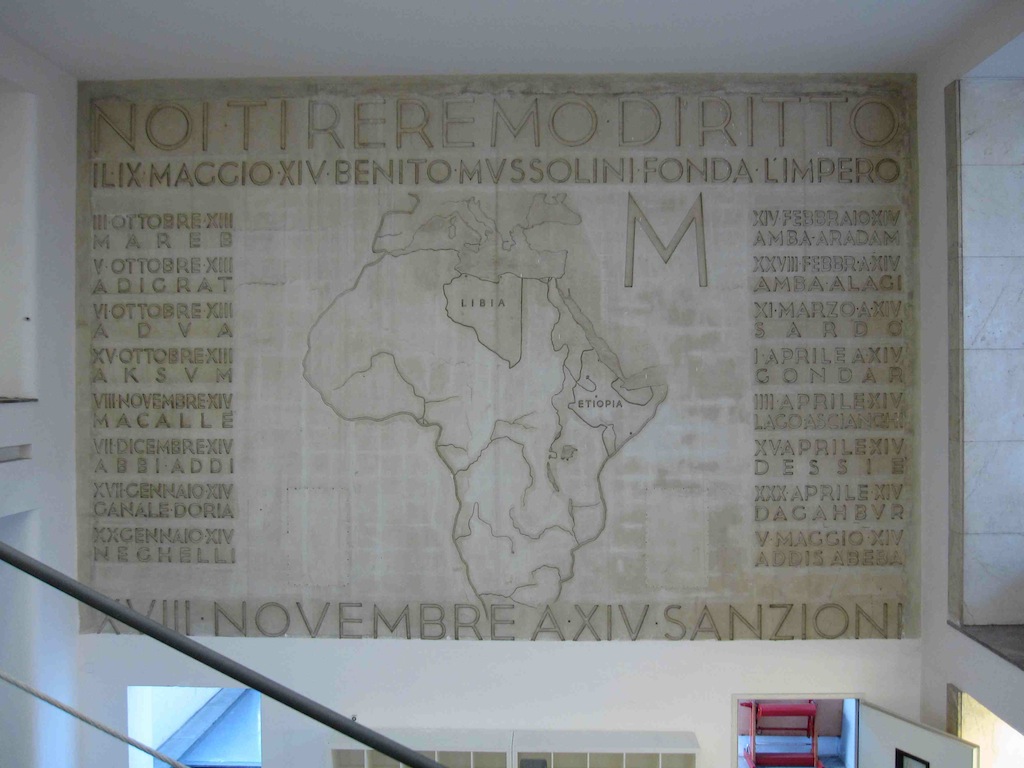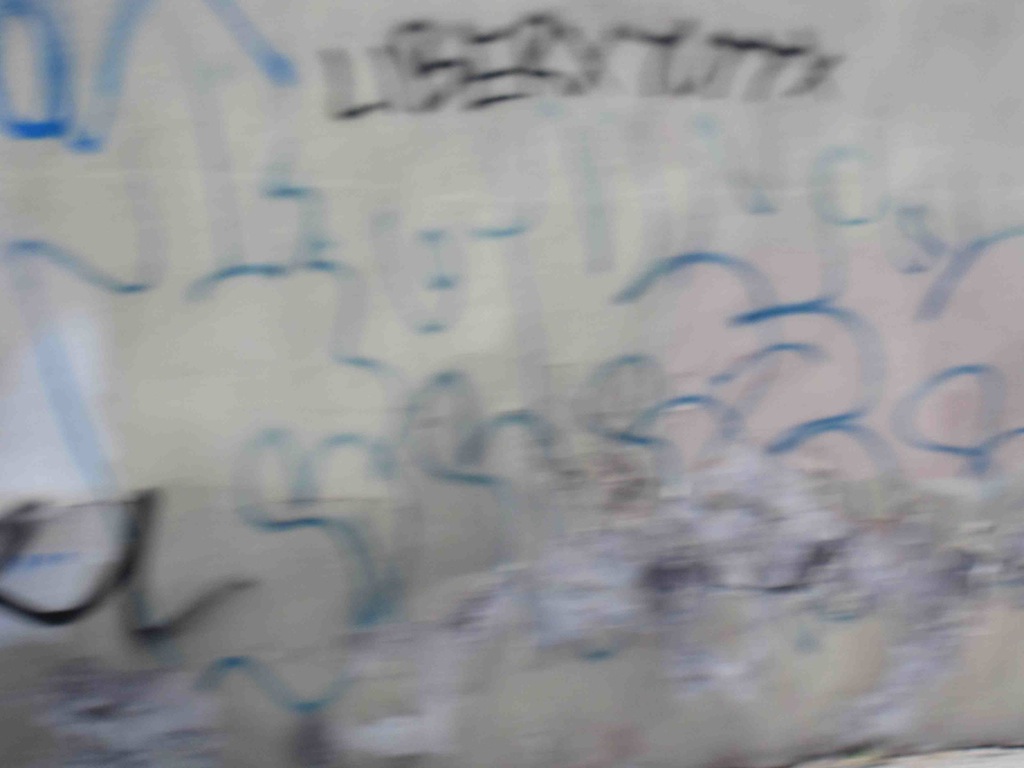GLOSSOLALIA
To define xenoglossia (for the hoary Princeton Encyclopedia of Poetry & Poetics): hovering in mind all week, the 12th-century Cupola of the Pentecost in St. Mark's Basilica, abbagliante as the visual correlative of linguistic stupor, hemmed with coupled men and boys emanating from the holy spirit as silent murmurers of every language of earth at once as the Venetians knew it: Parthi, Medi, Elamitae, Mesopotamia, Judea, Cappadocia, Pontum, Asiatici, Phrygiam, Pamphiliam, Aegiptum, Libiam, Romani, Judei, Cretes, Arabes. A geography more nuanced in dissolution and union than that of Barbarians, Saracens, Moors, the vocabulary of totalitarian center and other, of seized "right." Che cosa sono le nuvole? showing in Felipe's studio last night, a short from Capriccio all'italiana: Pasolini restages Othello as a puppet-world inside of a puppet-world which begins a riot among audience members, after which the murdered protagonist-puppets, Totò/Iago and Ninetto Davoli/the Moor in blackface, end up in a garbage dump where they discover the clouds.
What's the truth asks the Moor before the denouement; Iago bids him to listen to what's in his head. "Sì sì, c'è qualcosa!" Othello exclaims with that naïvete one finds only in Pasolini's cherubic man-boy reciters before Totò/Iago tells him shh, not to name it, lest it dissolve.
Obsessive retellings of Babel & Pentecost in the sixteenth century: soundtrack of confusion to awakenings of the public sphere.

